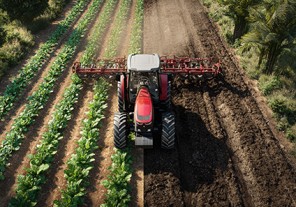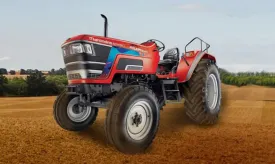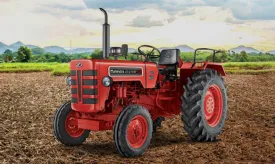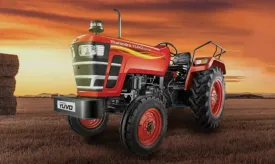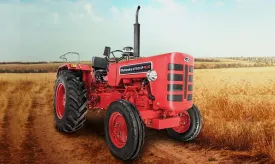Role Of tractor steering system in agriculture
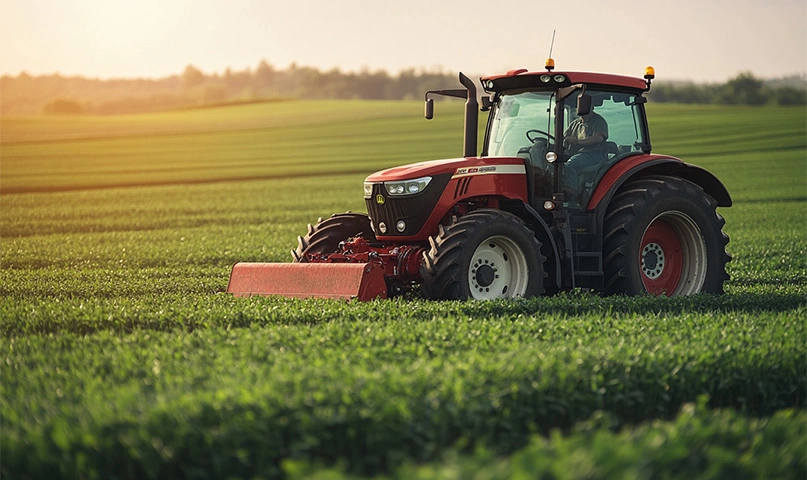
In the vast world of modern agriculture, tractors are indispensable tools that drive productivity, efficiency, and precision on the farm. One component that plays a critical role in the overall performance of a tractor is its steering system. While it may seem like a simple feature, the steering system is vital for effective field operations. Whether plowing, planting, or hauling, a well-functioning steering system can significantly impact the success of agricultural tasks. Let's take a closer look at why the steering system is so important in agricultural operations.
1. Enhanced maneuverability in tight spaces

Farms aren’t always perfectly flat or open; often, they feature narrow fields, row crops, and obstacles like trees, fences, or irrigation systems. The steering system enables the tractor to maneuver through these tight spaces with ease. A responsive steering system ensures the operator can navigate around obstacles without damaging crops or equipment. This is especially important in tasks like weeding, spraying, or harvesting, where precision is key to maintaining crop health and yield.
2. Precision in fieldwork
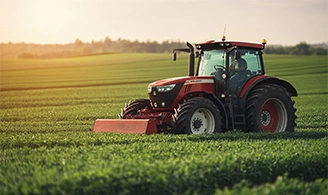
Tractors are often used for tasks that require utmost accuracy, such as planting, ploughing, and cultivating. Precision is crucial to avoid unnecessary overlaps, gaps, or inefficiencies in field coverage. The steering system plays a vital role in ensuring the tractor follows straight lines, especially when making multiple passes across large fields. This helps improve the consistency of planting, ensures uniform distribution of seeds or fertilizers, and minimizes waste.
3. Handling heavy loads and implements
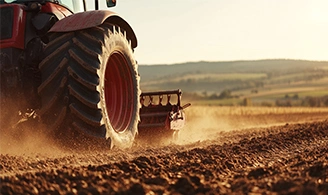
Agricultural tractors frequently carry heavy implements like ploughs, harrows, or seeders. The added weight of these attachments can affect the stability and balance of the tractor, making steering more challenging. A strong and responsive steering system allows the operator to retain full control, even when handling heavy loads. This ensures that the tractor and implement remain balanced and that the operator can work efficiently and safely, even on uneven or hilly terrain.
4. Reduced operator fatigue

Tractors are often used for long hours in the field, and the steering system plays a crucial role in ensuring the operator’s comfort. A smooth, responsive, and easy-to-operate steering system, particularly power steering, reduces the physical strain on the driver, especially when navigating through tight or rough conditions. Reducing the effort required to steer not only enhances comfort but also helps minimize operator fatigue, making it easier to work for longer periods without feeling overwhelmed or stressed.
5. Improved safety
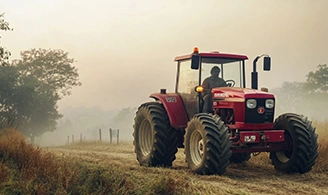
Safety is a top priority in agriculture, where large machinery is constantly in motion. The steering system is integral to maintaining control of the tractor in various field conditions. Whether navigating a slope, turning around obstacles, or driving at higher speeds, a precise and responsive steering system reduces the risk of accidents. Proper steering helps prevent rollovers and ensures that the tractor stays on its intended path, improving overall safety for both the operator and other workers on the field.
6. Increased efficiency and fuel economy

Efficient use of the tractor means less fuel consumption and more productivity, which ultimately reduces operational costs. A well-calibrated steering system contributes to efficient fieldwork by allowing the operator to navigate smoothly, reducing unnecessary turns, and ensuring optimal coverage. By following straight lines and minimizing erratic movement, the tractor can cover more area in less time, which also leads to better fuel economy—essential for maintaining cost-effectiveness on the farm.
7. Adaptability to various agricultural tasks
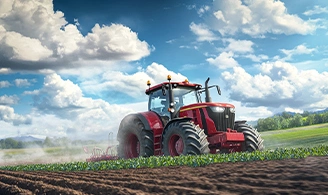
Tractors are versatile machines used in a range of tasks, from tilling and ploughing to hauling and spraying. A good steering system helps the tractor adapt to different jobs, allowing the operator to quickly adjust from one operation to another. Whether it's turning a tight corner while planting crops or adjusting to new rows during harvesting, the steering system ensures smooth transitions and optimal performance.
Conclusion
In summary, the steering system of a tractor is far more than just a mechanism for turning the wheels. It is a crucial component that impacts the efficiency, safety, precision, and comfort of every agricultural operation. From navigating tight spaces between crops to handling heavy tractor implements, the steering system ensures that the tractor functions effectively and safely, even under challenging conditions. As tractors continue to evolve with new technologies and enhancements, the importance of a responsive, durable steering system will only continue to grow, further driving agricultural productivity and sustainability.










